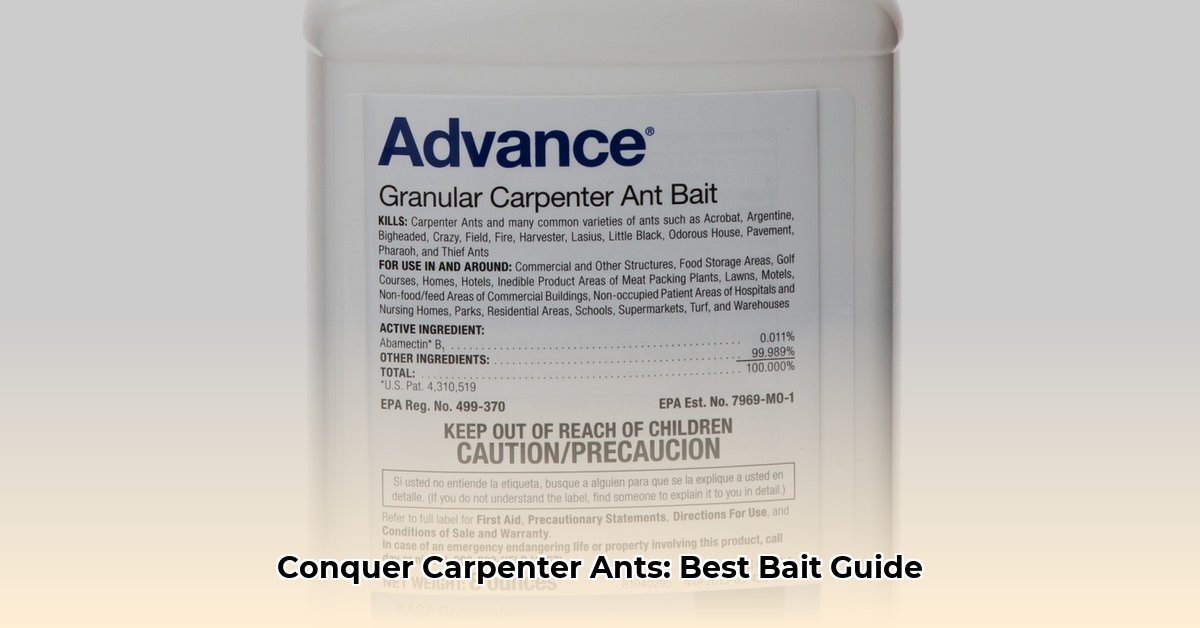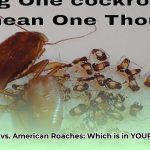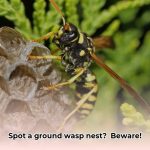Carpenter ants are more than a nuisance; they can cause significant structural damage to your home. This comprehensive guide provides a step-by-step approach to eliminating carpenter ants using bait, covering everything from bait selection and placement to safety precautions and preventative measures.
Choosing Your Weapon: Understanding Ant Bait
Baiting is a targeted approach, like deploying a Trojan horse within the ant colony. Worker ants carry the bait back to the nest, sharing it with the entire colony, including the queen. This method is far more effective than surface sprays, which only eliminate the ants you see.
Bait Types: A Comparative Look
Choosing the right bait is crucial. Think of it like selecting the right tool for the job. Here’s a breakdown of common bait types:
| Bait Type | Active Ingredient(s) | Pros | Cons |
|---|---|---|---|
| Sweet Baits (Sugary) | Often combined with borax or insecticides | Attracts ants quickly, helps identify foraging trails. | May attract other insects. Less effective against large, established colonies. |
| Poison Baits | Fipronil, Hydramethylnon, Indoxacarb, etc. | Very effective, targets the whole colony. | Some ingredients can be harmful to the environment and potentially risky around kids and pets. Always follow label instructions. |
| Diatomaceous Earth | Fossilized diatoms | Relatively safe for pets and children, works mechanically by damaging ants’ exoskeletons.. | Requires direct contact, less effective for eliminating the entire colony. |
| Borax | Borax | Can be mixed with sugar, disrupts ants’ digestive systems. | Can be toxic if pets or children ingest a significant amount. Use with caution. |
Some experts suggest rotating bait types to maximize effectiveness, as ant preferences can change. Ongoing research continues to explore ant behavior and bait efficacy.
Deploying Your Bait: A Step-by-Step Strategy
1. Track the Invaders: Identifying Ant Trails
Like detectives, follow the ant trails. These trails often run along baseboards, window frames, and under doors. Pinpointing these “ant highways” is the first step in strategic bait placement.
2. Select the Right Bait
Consider your household. Do you have pets or small children? A low-toxicity bait is essential. Is the infestation severe? A stronger formula may be necessary. Natural options like diatomaceous earth exist for environmentally sensitive situations but may require more time to show results.
3. Strategic Placement
Place bait stations near ant trails and suspected entry points, but not directly on the trails. Ants can be wary of obstructions. Think of bait stations as a tempting detour, a convenient roadside diner for foraging ants.
4. Monitor and Replenish
Regularly check bait stations. Refill them if empty. If a station remains untouched, consider relocating it or trying a different bait type. Patience is key; it can take weeks to eliminate a colony.
5. Troubleshooting
- Ants Avoiding Bait: Try a different bait type (sweet, protein-based, poison). Relocate the stations. Patience is crucial; results may take time.
- Bait Disappearing, Ants Remain: This could indicate a large or multiple colonies. Increase the number of bait stations or consider additional control methods.
- Ants Persist After Weeks: The bait may be ineffective against that species, or they’ve found another food source. Consult a pest control professional if the problem continues.
DIY Bait: Homemade Solutions
Borax and Sugar Bait: Mix equal parts borax and sugar with enough water to form a paste. Place small amounts on cardboard or in bait stations. Caution: Borax can be harmful if ingested, so keep it away from children and pets.
Safety First: Handling Ant Bait Responsibly
Always prioritize safety when using insecticides. Store baits out of reach of children and pets. Wear gloves when handling bait and wash your hands thoroughly afterward. Follow all product label instructions meticulously.
Beyond Bait: Integrated Pest Management
Baiting is most effective as part of a comprehensive pest control strategy.
- Seal Entry Points: Caulk cracks and crevices to prevent ants from entering.
- Control Moisture: Repair leaks and ensure proper ventilation to eliminate damp wood, which attracts carpenter ants.
- Maintain Cleanliness: Regularly clean up food debris and spills. Store food in airtight containers.
- Landscaping: Trim trees and shrubs away from your home to prevent ants from using them as bridges.
Seeking Professional Help
For severe infestations or persistent problems, consult a qualified pest control professional. They possess the expertise and specialized tools to effectively address the situation. They can also offer insights into the latest research and best practices.
While this guide provides comprehensive information, ongoing research constantly reveals new insights into carpenter ant behavior and control methods. Staying informed about the latest developments can help you adapt your approach as needed.
- Grass Forever in Livermore: Your Guide to Artificial Turf - April 22, 2025
- German Roaches vs. American Roaches: Key Differences and Control - April 22, 2025
- 150+ Flowers That Start With S: A Comprehensive Guide - April 22, 2025










